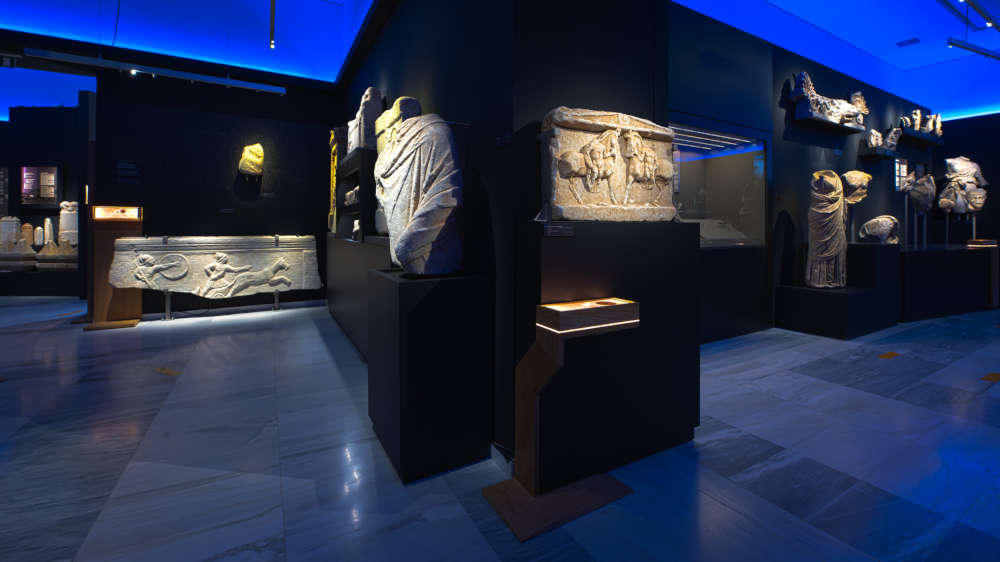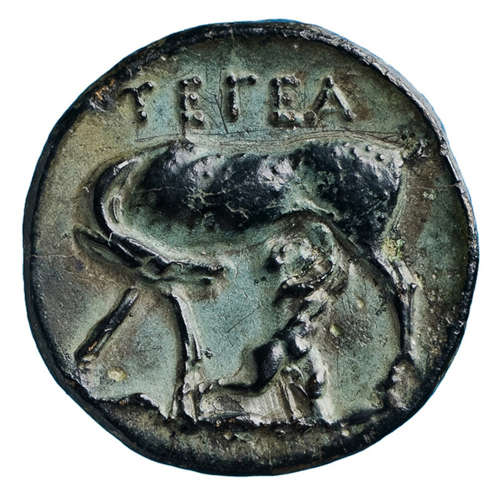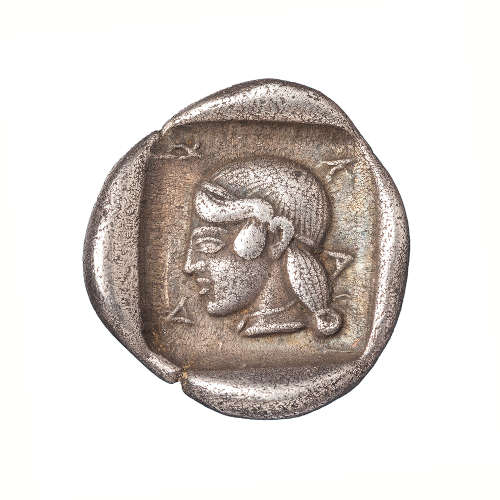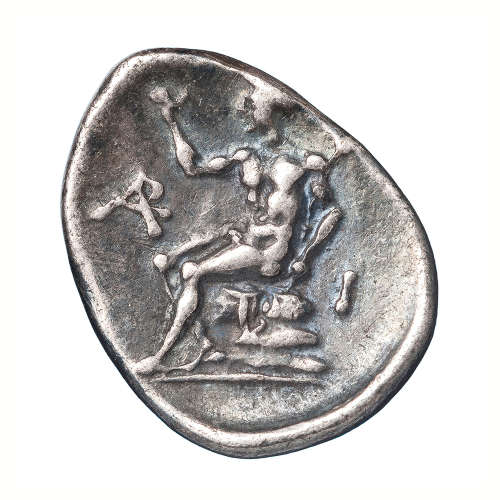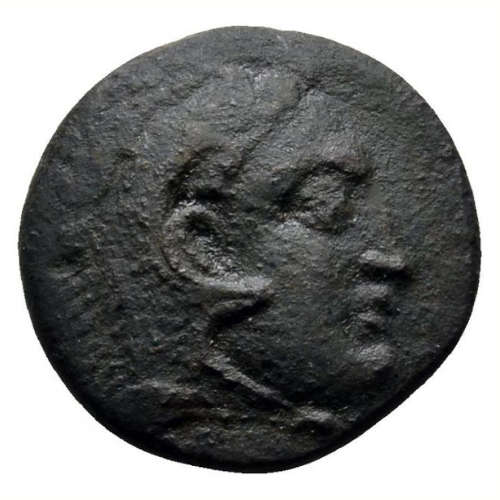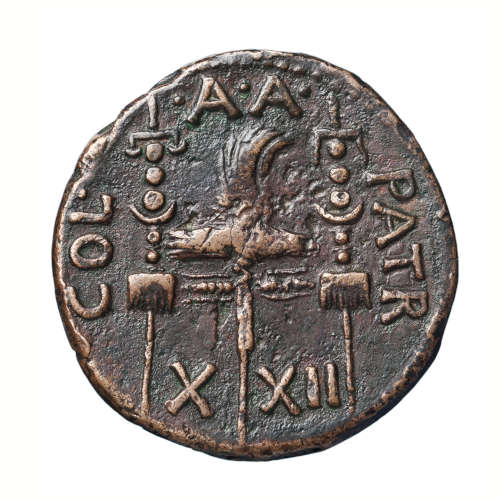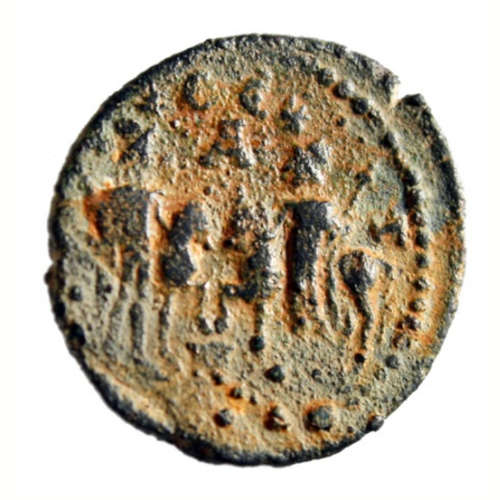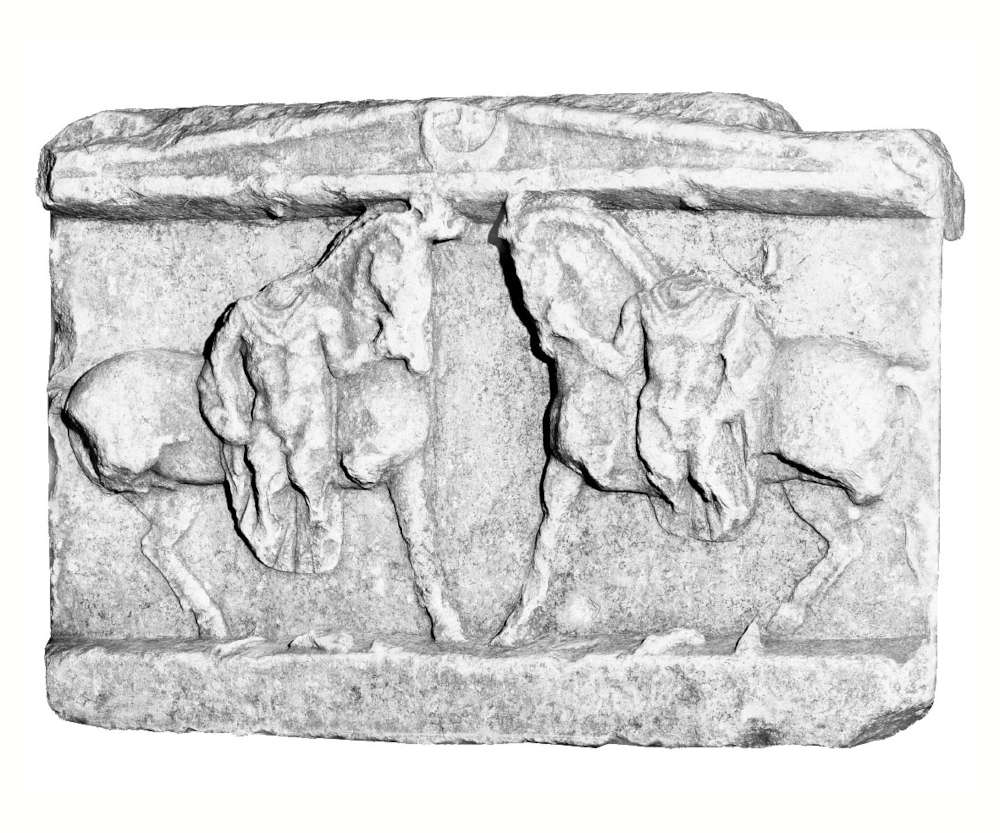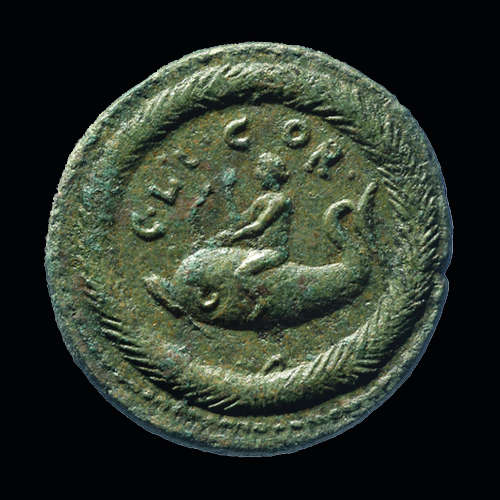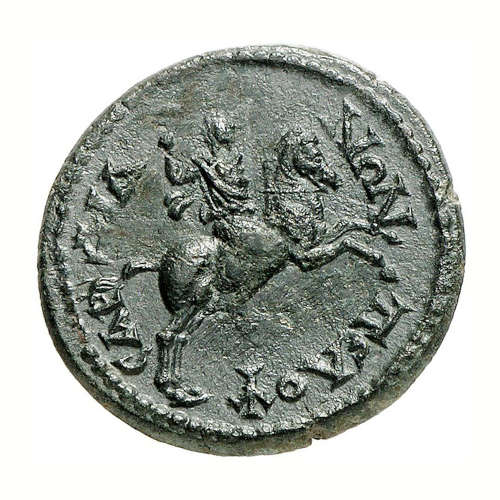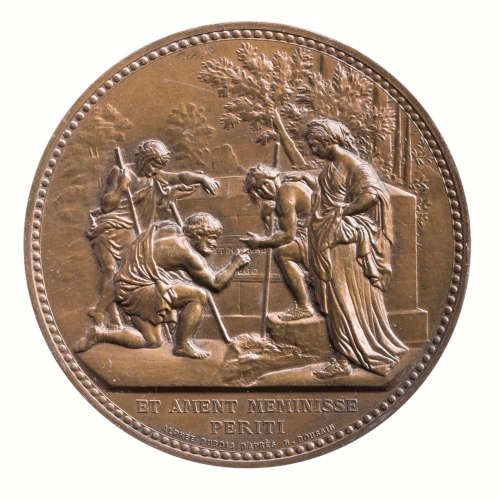A Numismatic Itinerary Through the Peloponnese
The Ephorate of Antiquities of Arkadia, the Benaki Museum, the Social & Cultural Affairs Welfare Foundation (KIKPE) and the Michail N. Stassinopoulos – Viohalco Public-Benefit Foundation organized a temporary exhibition under the title “Memory and Impression: An itinerary through the Peloponnese in the company of ancient coins”, held in the Archaeological Museum of Tegea (Alea Tegeas) and in the MSVF Cultural Center, Building B (Stadio Tegeas).
This is the first temporary exhibition housed in the Archaeological Museum of Tegea, which in 2016 received a special commendation among the European Museum of the Year Awards.
How memory functions? What is imprinted on the collective consciousness? How a myth goes beyond its birthplace? What is deeply engraved upon the collective imaginary through art and continues to have an appeal in time and what just survives in an area of impressions? Is the genius loci of a territory telling for the people who live in it and how such examples define a broader region (in this case the Peloponnese) as a whole? How the spirit of a place is transformed by being relocated in a sphere of utopia? In a journey from place to non-place, Arcadia (as a name and a poetic vehicle) maintained through the ages fundamental values: a desire for harmony and righteousness, a return to nature and to a simple way of life, a longing for paradise.
You are currently viewing a placeholder content from YouTube. To access the actual content, click the button below. Please note that doing so will share data with third-party providers.
Archaeological Museum of Tegea
The display comprises71 exhibits arranged in two major axes and in five thematic units.
Intentional narratives
- Myth and memory. The local mythical and historical tradition is traced: The goddess Athena giving a lock of hair of Medusa to Kepheus and Sterope; the Tegean hero Telephos, the son of Herakles and Auge, suckling a doe; Artemis, the goddess of hunting, and Kallisto, the mother of Arkas; Pelops, who came from Asia Minor.
- Collective memory in the Peloponnese beyond the boundaries of the poleis. The two major attempts of interlocal political entities in the Peloponnese, the Arkadian Koinon and the Achaean League, are highlighted.
- Invoking memory: the Peloponnese during the imperial times. Showcased is how local elites continued to promote the ancient glory of each city, in alignment also with the imperial directives. Eloquent examples are presented such as a coin issue of Corinth with the sepulchral monument of Lais the courtesan and a coin issue of Mantineia struck for Antinoos by a certain Vetourios.
- The end of an era and the beginning of a new one. By connecting a honorary inscription for a consul named Roufos (who apparently resisted a Gothic invasion in late 4th century AD) with the evidence of coins, some light is shed on less known aspects of a world in transition.
Exchanges
Fourteen selected sculptures in the permanent exhibition of the Museum were placed in dialogue with seventeen coins bearing same or similar iconographic types. Striking is the resemblance of the heroic figure on an issue of Tegea with the figure of Echemos, the Tegean king, on a relief. Notable is also the affinity of the Dioscuri on an issue of Gytheion with these twin brothers on a Tegean relief or of the head of Asklepios on a coin of Epidauros with a sculpture of the healing god.
MSVF Cultural Center
The second section of the exhibition was based mainly on visual (photographic) and documentary material structured in three narrative units: The genius loci in the Peloponnese, Peloponnesian memories beyond the Peloponnese, Arcadia as utopia through the ages.
The notion of Arcadia as a eu-topia (a locus amoenus or a paradise lost) is followed through the ages.
The two exhibition areas were interlinked by two copies of the same medal produced by A. Dubois (1870s), modelled after the celebrated painting Et in Arcadia ego by Nicolas Poussin (1630s).
- Exhibition curators: Dr. Anna Vasiliki Karapanagiotou, Director of the National Archaeological Museum (Athens), Yannis Stoyas, Keeper/Curator, KIKPE Numismatic Collection (Athens).
- Architectural museography design: Thomas Tsoukalas (Thessaloniki).
- Working team: Stelios Damigos, KIKPE Numismatic Collection, Dr. Olga Kaklamani, KIKPE Numismatic Collection), Evangelia Argyropoulou, Ephorate of Antiquities of Arkadia.
Photography & audiovisual media: Savvas Avramidis.
A bilingual (Greek and English) catalogue has been published for this exhibition in 2022.
The exhibition is on display at the Archaeological Museum of Tegea until 30 June 2023.
For further information visit the website of the Archaeological Museum of Tegea.
This is a video of the inauguration of the display.
At the moment you can also visit an exhibition of the Alpha Bank Numismatic Collection in Athens.
If you visit Athens, you should consider visiting the Numismatic Museum too.







